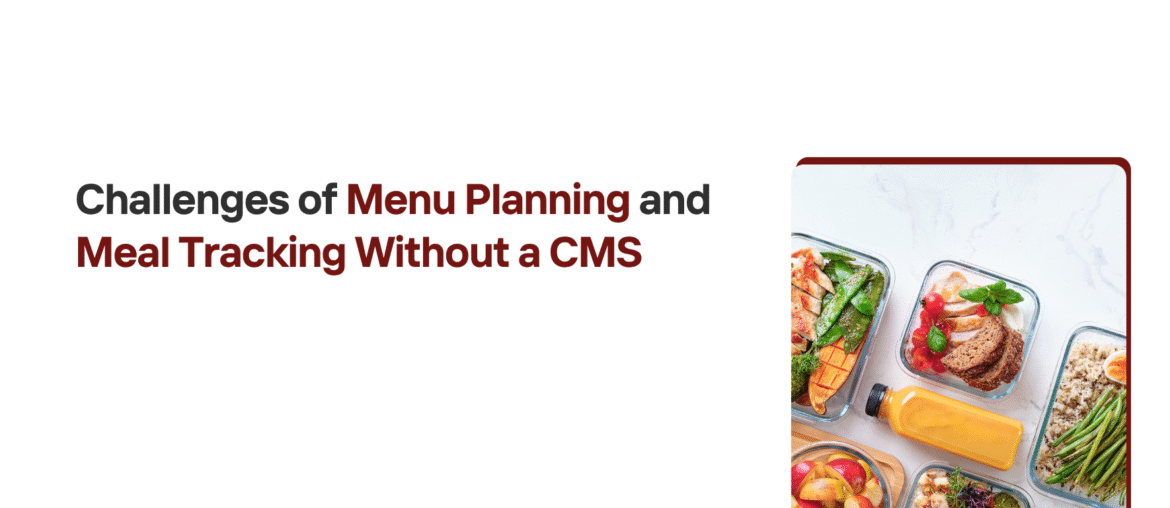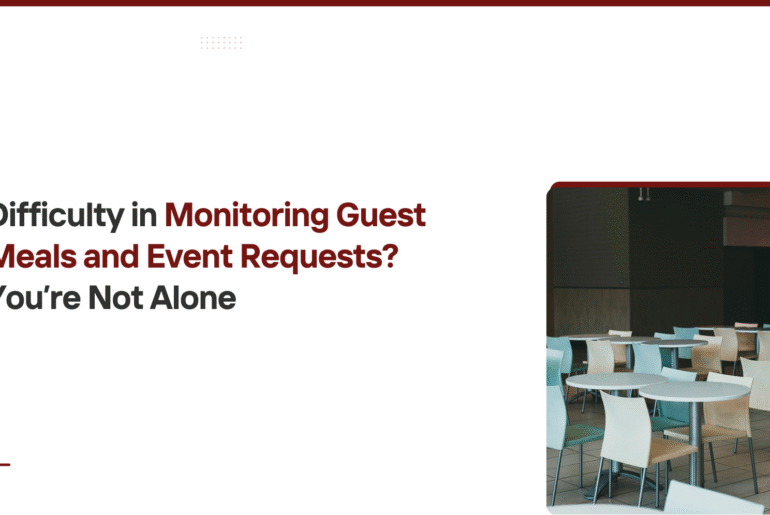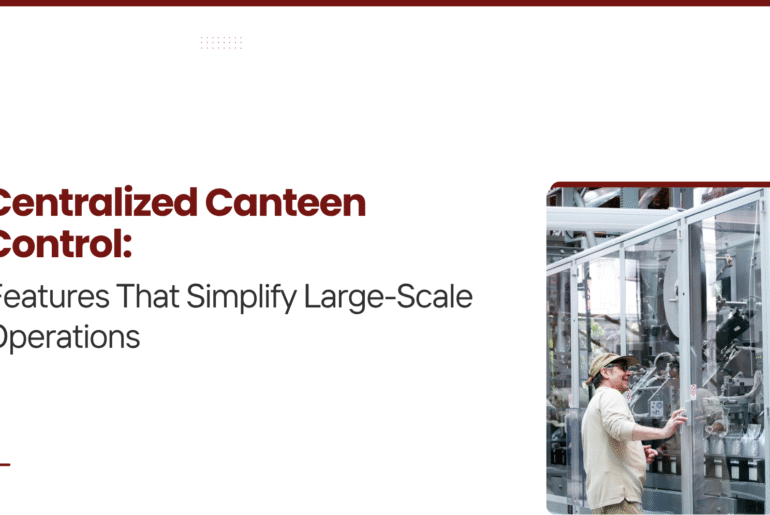Challenges of Menu Planning and Meal Tracking Without a CMS – For most organizations, food services are a daily necessity—but managing them without a proper system leads to frequent chaos. One of the most overlooked issues in this domain is the Challenges of Menu Planning and meal tracking when no digital system (like a CMS) is in place.
This blog explores the pain points organizations face when relying on manual or semi-digital processes.
Challenges of Menu Planning
Planning meals may sound simple—until you consider:
- Multiple shifts
- Dietary restrictions
- Cultural food preferences
- Event-specific meals
- Vendor capabilities
Without a CMS, these variables quickly become difficult to track or plan effectively.
Common Menu Planning Challenges Without CMS
1. No Standardization
Each unit or branch may follow its own plan, leading to inconsistent service.
2. Lack of Real-Time Updates
Last-minute changes aren’t communicated to employees or vendors efficiently.
3. Vendor Dependency
Menu variety is often restricted to what vendors can supply manually.
4. No Employee Feedback Loop
Without tech-enabled tracking, employee feedback on meals rarely reaches decision-makers.
5. Manual Menu Publishing
HR or admin teams must email or print menus daily—time-consuming and error-prone.
The Difficulty of Meal Tracking
Tracking who ate what, when, and where is crucial for cost control, vendor payment, and compliance.
1. No Digital Logs
Manual registers or Excel sheets don’t offer real-time or secure data storage.
2. Quota Misuse
Over-consumption or fraud goes unchecked without automatic quota tracking.
3. Inaccurate Forecasting
When past consumption data isn’t available, vendors cook extra “just in case.”
4. Audit Risks
Lack of a digital trail poses challenges for internal or external audits.
Impact on Stakeholders
– Admins
Wasted time on repetitive tracking, approvals, and reporting.
– Vendors
Lack of visibility into headcounts or last-minute requests causes inefficiencies.
– Employees
Uncertainty about available meals and limited options.
How a CMS Solves These Challenges
Implementing a Canteen Management System (CMS) addresses these issues:
- Dynamic Menu Planning: Configure menus per shift, branch, and dietary preference.
- Quota Enforcement: Automated deduction on meal scan prevents overuse.
- Vendor Coordination: Real-time requests and item quantities for better planning.
- Audit-Ready Reports: Auto-generated meal logs and consumption analytics.
- Feedback Loop: Capture and act on employee satisfaction scores.
Real Example: Corporate Office with 2,000+ Staff
Before CMS:
- 30% food wastage due to poor forecasting
- Weekly complaints on menu repetition and quality
After CMS:
- Menu was diversified based on feedback
- Real-time dashboards helped cut waste by half
Final Thoughts
The Challenges of Menu Planning and meal tracking without automation are too big to ignore. A CMS brings structure, transparency, and control—making meal operations smoother, more economical, and employee-friendly.




